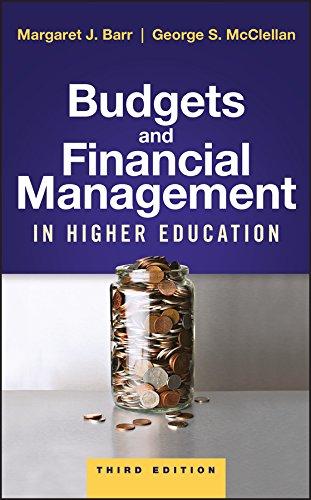Question
Joan has a choice of purchasing a car for $20,000 with 9.7 percent interest cost to borrow and a three-year repayment period for leasing the
Joan has a choice of purchasing a car for $20,000 with 9.7 percent interest cost to borrow and a three-year repayment period for leasing the vehicle. Leasing the auto would cost $300 a month for a three-year term. The sales tax is 6 percent. The car is expected to have a value of $14,000 at the end of the leasing period. Joan can obtain 7 percent after tax on similar marketable investments. Should she lease or buy the car? (10 pts) use the following hints to solve for the problem:
If Joan choose to purchase the car, herloan payment would be :
PV=-20,000, N=3* 12, I/Y =9.7%/12, FV= 0 , CPT PMT. This PMT is the monthly loan repayment, PMT*12= A
A is Joan's annual loan payment for the car.
Additionally, she has to pay 6% when she purchase the car so sales tax = $20,000 * 6% = B
If Joan choose to lease a car, monthly lease payment = $300, annual lease payment =$300* 12= C
Market Value at the end of 3 year lease period is $14,000
Assuming all payments happen at the end of the year, Joan is looking at the following cashflows:
| Year | 1 | 2 | 3 |
| Buy | |||
| Yearly Payment (3 year period) | -A | -A | -A |
| Sales Tax Cost | -B | ||
| Market Value of the Car | $14,000 | ||
| Lease | |||
| Yearly Payment | -C | -C | -C |
| Ownership operating advantage (CFs) | (-A) + (-B) - (-C) | (-A) - (-C) | (-A)+14,000- (-C) |
Compute IRR using the Ownership operating advantage (CFs) .
Step by Step Solution
There are 3 Steps involved in it
Step: 1

Get Instant Access to Expert-Tailored Solutions
See step-by-step solutions with expert insights and AI powered tools for academic success
Step: 2

Step: 3

Ace Your Homework with AI
Get the answers you need in no time with our AI-driven, step-by-step assistance
Get Started


